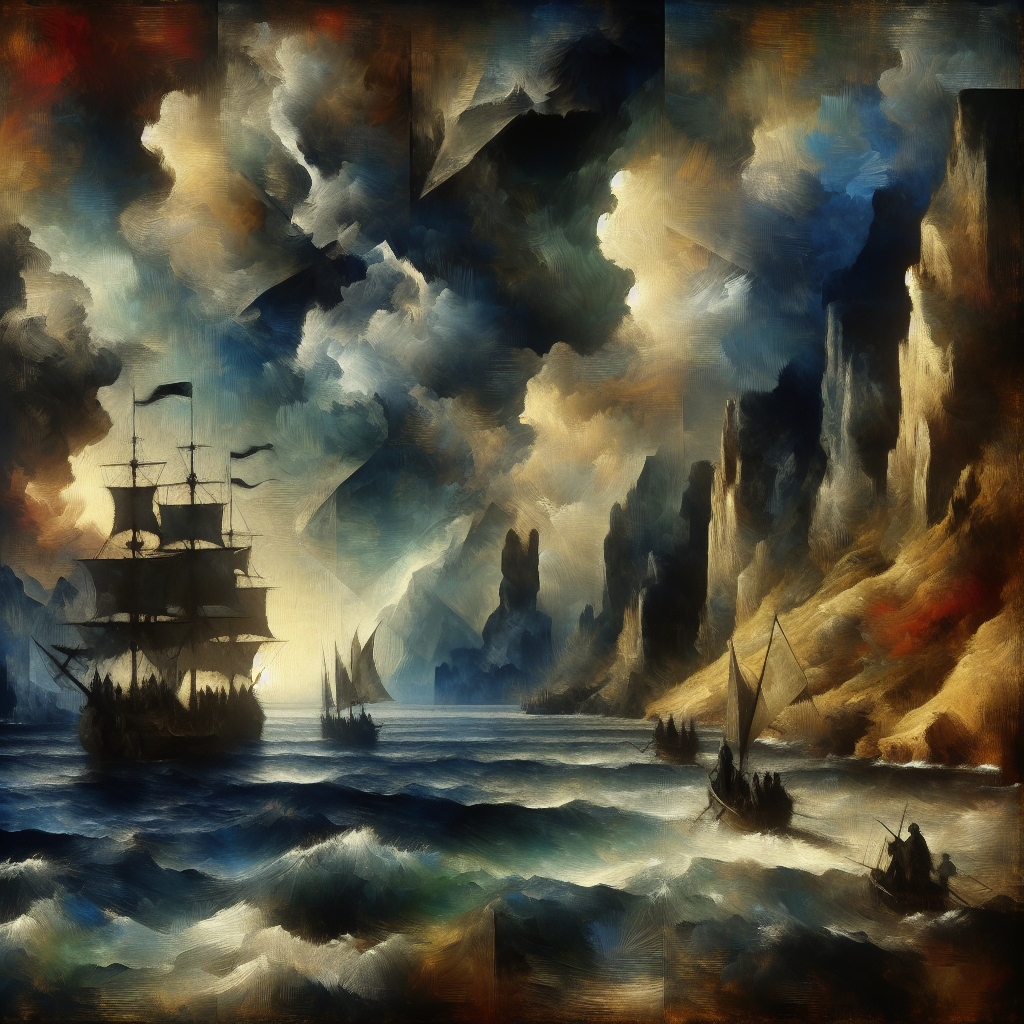-
Table of Contents
- Pirate Folk: Sea Shanties with a Modern Folk Twist
- Top 5 Tips for Understanding Pirate Folk
- The Historical Roots of Sea Shanties
- Modern Folk Influences in Pirate Folk
- Key Elements of Modern Folk
- Popular Pirate Folk Artists
- The Cultural Impact of Pirate Folk
- Statistics on the Genre’s Popularity
- Engaging with Pirate Folk
- Conclusion
“`html
Pirate Folk: Sea Shanties with a Modern Folk Twist

In recent years, the resurgence of sea shanties has taken the music world by storm, blending traditional maritime tunes with modern folk influences. This unique genre, often referred to as “Pirate Folk,” has captivated audiences with its rhythmic chants and storytelling prowess. In this article, we explore the evolution of Pirate Folk, its cultural significance, and the artists leading this musical revival.
Top 5 Tips for Understanding Pirate Folk
- Explore the historical roots of sea shanties.
- Identify key modern folk influences in Pirate Folk.
- Listen to popular Pirate Folk artists and their tracks.
- Understand the cultural impact of this genre.
- Engage with online communities and live performances.
The Historical Roots of Sea Shanties
Sea shanties originated as work songs sung by sailors to coordinate their efforts aboard ships. These songs were essential for maintaining rhythm during labor-intensive tasks like hoisting sails or hauling ropes. The call-and-response format of shanties made them ideal for fostering camaraderie among crew members.
Historically, sea shanties were not just functional but also served as a form of entertainment and storytelling. They often recounted tales of adventure, love, and life at sea, providing a glimpse into the maritime culture of the time. For more on the history of sea shanties, you can visit Wikipedia.
Modern Folk Influences in Pirate Folk
Modern folk music has played a significant role in the evolution of Pirate Folk. Artists have infused traditional shanties with contemporary folk elements, such as acoustic instrumentation, harmonies, and lyrical depth. This fusion has broadened the appeal of sea shanties, attracting a diverse audience.
Key Elements of Modern Folk
- Acoustic guitar and banjo melodies
- Rich vocal harmonies
- Story-driven lyrics
- Incorporation of diverse musical influences
Popular Pirate Folk Artists
Several artists have emerged as pioneers in the Pirate Folk genre, blending traditional and modern elements to create captivating music. Notable names include:
- The Longest Johns: Known for their viral hit “Wellerman,” this group has brought sea shanties to a global audience.
- Alestorm: A band that combines heavy metal with pirate-themed lyrics, offering a unique take on the genre.
- Storm Weather Shanty Choir: This Norwegian group is celebrated for their authentic renditions of traditional shanties.
The Cultural Impact of Pirate Folk
Pirate Folk has not only revived interest in sea shanties but also sparked a broader cultural movement. The genre has inspired online communities, social media trends, and even live events dedicated to celebrating maritime music. Platforms like TikTok have played a crucial role in popularizing shanties, with users creating and sharing their renditions.
Statistics on the Genre’s Popularity
| Platform | Engagement (2023) |
|---|---|
| TikTok | Over 1 billion views on #SeaShanty |
| Spotify | 500% increase in sea shanty playlists |
Engaging with Pirate Folk
To fully appreciate Pirate Folk, listeners are encouraged to engage with the genre through various means. Joining online forums, attending live performances, and participating in shanty sing-alongs are excellent ways to immerse oneself in this vibrant musical community.
Conclusion
Pirate Folk represents a fascinating blend of history and modernity, breathing new life into the age-old tradition of sea shanties. By understanding its roots, influences, and cultural impact, we can appreciate the genre’s unique charm and enduring appeal. As Pirate Folk continues to evolve, it promises to captivate audiences with its rhythmic tales of the sea for years to come.
“`




